Thrive
I-175: The legacy of interstates and why St. Pete’s is so important
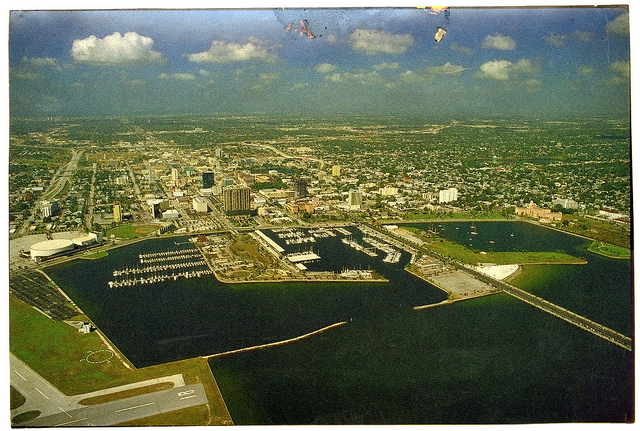
As the City of St. Petersburg looks forward to the redevelopment of the Tropicana Field site, one particular on-again, off-again issue remains – the possibility of razing I-175. This 1.3 mile stretch of interstate bisects the city of St. Petersburg, cutting the heart of the city in half. The interstate creates an impermeable barrier unconquerable by foot, further widening the North/South racial dividing line.
Thousands of drivers make their way onto I-175 every day. Forty thousand take the interstate to at least Martin Luther King Jr. Street, where 15,000 of them drop off. This interstate system affects thousands of people everyday – but its strain on the city is about more than just traffic.
The legacy of interstates cutting through communities of color and dividing cities by racial lines is nothing new. As the popularity of the automobile rose, so too did the congestion of cities.
In 1940, just 60 percent of Americans owned cars. In just 20 years, that number rose to 80 percent in 1980. Now, all but five percent of Americans own cars.

Robert Moses’ proposal of the Lower Manhattan Expressway in 1961 that was blocked by Jane Jacobs. Museum of the City of New York.
In the 1950s and ‘60s, interstate construction dominated cities. They served as arteries to allow traffic from the bustling inner city out into the suburbs, a major shift that sent affluent white residents out of the city center and into the wider stretches of suburban areas. New York City urban planner Robert Moses was perhaps the first and most well-known public figure to use the building of highways to rid cities of “blighted” urban areas, conveniently removing poorer neighborhoods for the sake of the city’s infrastructure.
In total, it is reported that Moses himself was responsible for spending a sum total of $150 billion in today’s dollars on the building of 13 bridges, 416 miles of parkways, and 150,000 housing units. But his influence went far beyond New York City. Cities around the country took on his approach to “urban renewal.” From coast to coast, interstates divided cities, ran through minority communities, and created physical barriers to bridging neighborhoods of different races and socioeconomic status.
As with many things in Florida, the interstate came late to St. Petersburg. The early ’70s brought the I-275 project to expand I-75 into Pinellas County. The interstate effectively crippled the historic African American-owned business district, the Deuces Live Main Street, dividing it from the rest of downtown. The I-275 project was stalled numerous times during planning and construction – the result of heavy community opposition against the project. In its winding path were numerous businesses, churches and residences that were eventually demolished to make way. It wasn’t until the late 1970s that I-175 was conceived to take interstate traffic further into downtown.
It had much the same effect that interstates had in many cities – it divided and effectively isolated the African American community from the downtown core. This was only exacerbated over the next decade, with the razing of the predominantly African American Gas Plant neighborhood in favor of the construction of Tropicana Field and its surrounding parking lots.
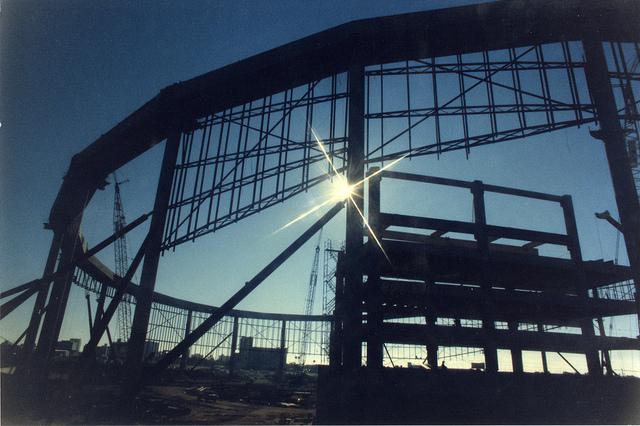
Tropicana Field, as the dome was lifted in the late 1980’s.
In 2016, HKS architects, in charge of planning the Tropicana Field site – with or without the baseball stadium – brought the I-175 question back into the public consciousness. They proposed razing the interstate but were sharply rebuffed by the Florida Department of Transportation (FDOT), which said it would not consider approving such a project due to the numerous levels of state and federal approval needed for it to move forward
Now, in a serious change of tone, FDOT has communicated with the county transportation agency Forward Pinellas that it is, in fact, willing to consider the I-175 change. Plans are taking shape for a circulation study to understand the main arteries of the city, including the interstates and one-way thoroughfares.
As plans move forward, a choice stands in front of St. Petersburg’s city administration staff, elected officials and citizens. The choice to connect South St. Petersburg with the Trop site could signal the first steps in healing a multigenerational racial barrier. The site’s proposed name, the Gas Plant District, would pay tribute to the African American neighborhood demolished to make room for the “urban renewal” that many thought Tropicana Field would bring.
St. Petersburg isn’t the only place this debate is happening. Around the country, an urban renaissance is underway – people want to live in walkable cities – near their workplace, restaurants, and entertainment venues. They want to live in connected communities.
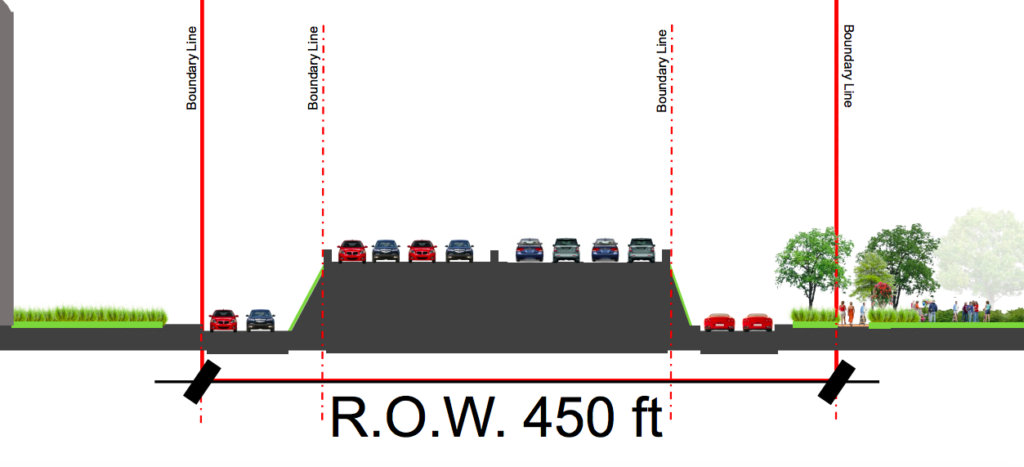
I-175’s present day structure
In many cities, planners are reversing course on interstates, choosing to tear down those built during the freeway craze of the 1950s and ‘60s. Portland’s Harbor Drive was one of the first examples of intentional interstate removal. It was closed for reconstruction in 1974 and reopened in 1978 as a full waterfront parks system. In 1999, Milwaukee razed Park East and urban economic development flourished. In 2008, Boston tore down its ‘Big Dig’ to make way for a more walkable waterfront area. Cities like New Haven, Rochester and Somerville are moving in the same direction.
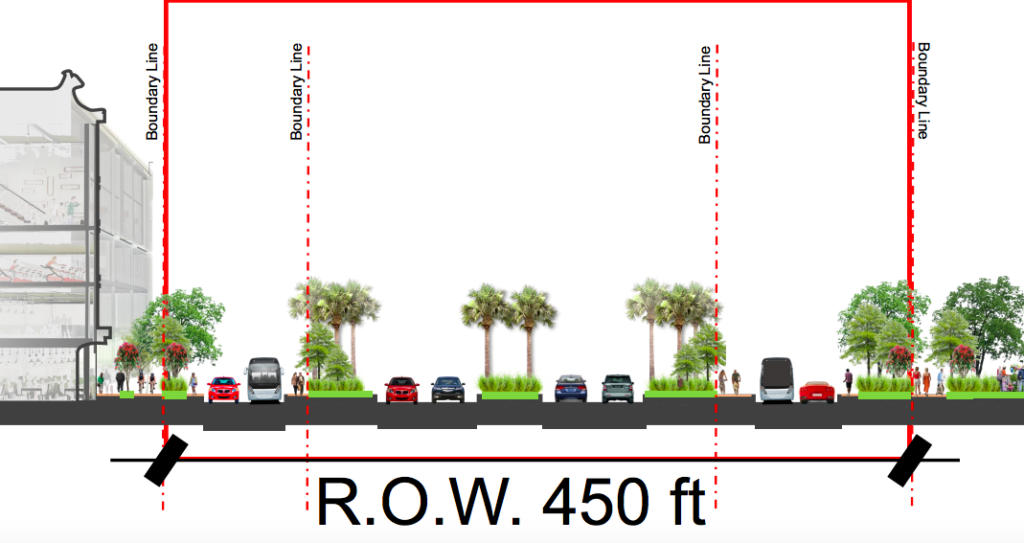
HKS Architects proposed changes to I-175.
Now, St. Petersburg has the opportunity to do the same. The Tropicana Field Redevelopment Master Plan for scenario two is set to be finalized at the end of September. According to City of St. Petersburg economic development analyst Brian Caper, FDOT’s change of policy on the interstate could mean big changes for St. Petersburg. The agency initiated outreach to Forward Pinellas to propose the circulation study within the next five years. According to Caper, the City of St. Petersburg would like to see it sooner. Caper says the best way to speed up the process is for the community to drive the initiative.
The third iteration of the Tropicana Field Redevelopment Master Plan is set to be announced in a meeting with City Council next Thursday at 1 p.m.


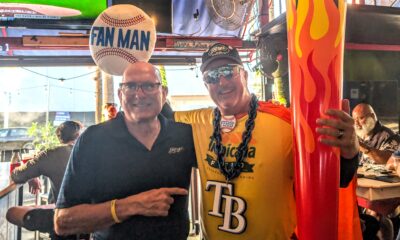

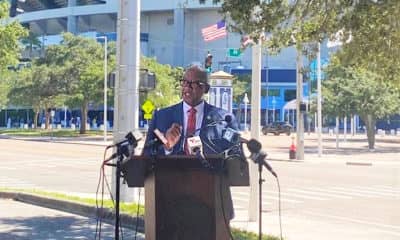

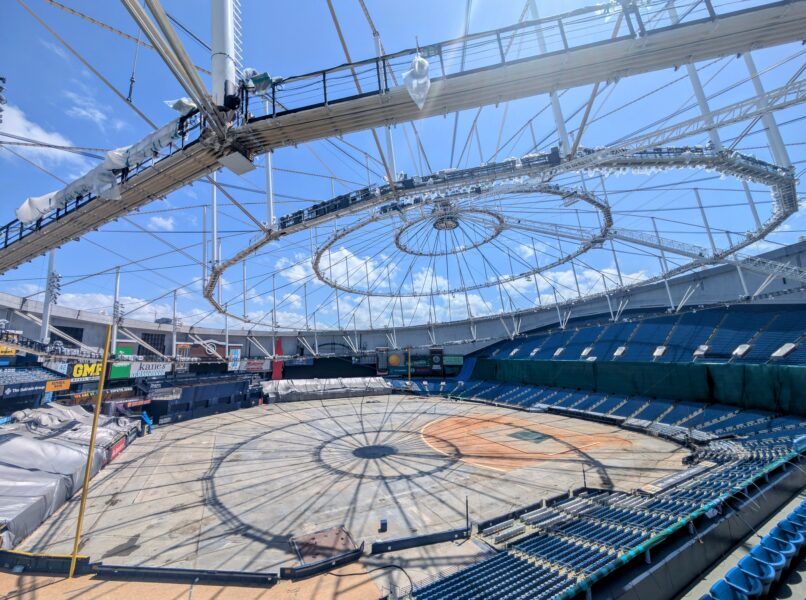
John Donovan
December 24, 2018at4:22 pm
I-175 wont undergo razing. USFSP and the hospitals wont stand for it, nor should they. It’s possible the Tropicana Field site could be connected to I-175 in the future. And there are many other reason. Raising perhaps, but not razing. (Racial issues over this road is a backwards looking exercise for all residents of St Petersburg.)
Chuck Egerter
September 7, 2018at6:44 am
My two cents: 175 connect USFSP and All Childrens plus countless citizens who use it every day to get to and from work. If it were to go away tons of traffic would all of a sudden be diverted right through downtown to 375 and along 22nd South. At a time when our city is growing in every direction, we can’t add more congestion. We are lucky that we have two arteries so that our downtown doesn’t experience the traffic that many other downtown areas struggle with.
Felicia Byer
September 2, 2018at7:01 am
This is being allowed to match gentrification. The South St Pete community traditional residents aren’t expected to benefit but it provides more lives or space for downtown. Progress at what costs positively impacting which citizens?